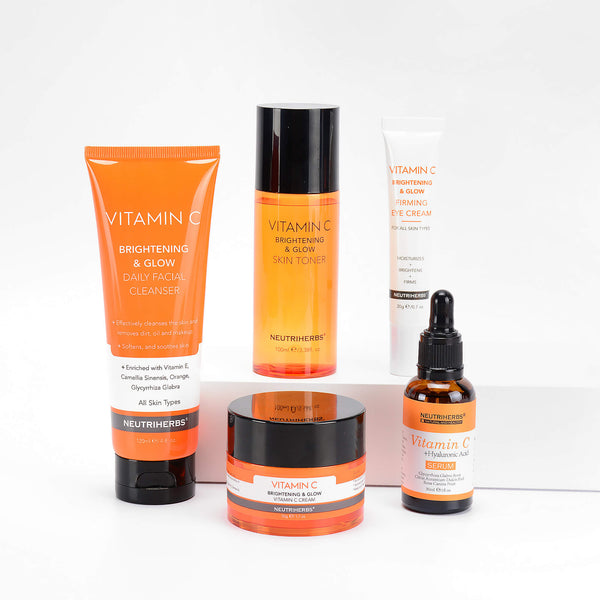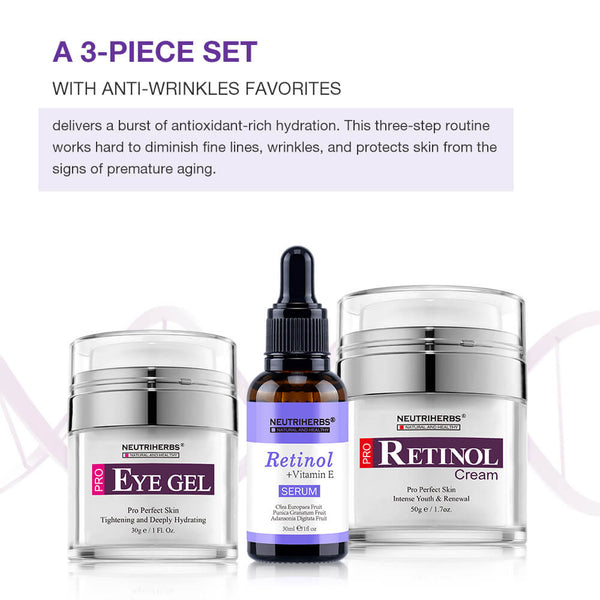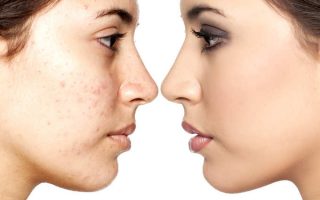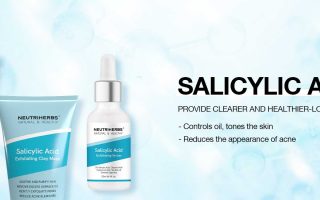With the myriads of skincare products in the market and more being added every day, it is hard to understand some phrases like clarifying, moisturizing, hydrating, anti-oxidant, etc. These phrases are often found in skincare labels and are meant to help you make the best purchase decision. Regrettably, it happens not to work because consumers may end up picking a product that doesn’t solve their skin problems. The reaction when you have chosen the wrong product is overwhelming and confusing.
If you have ever purchased a product that didn’t leave up to expectations, it is probably because of ignorance and impatience. Many women are simply too much in a hurry to buy a product (especially when it is recommended), they don’t bother to spend time to check the product properly, while some have the time, but they don’t know what to look out for.
Active and inactive ingredient
A close look at product brands shows that producers categorize ingredients into active and inactive. Well, one can easily explain the “active” ingredient role in the brand, but why would a company label a product inactive? It is certainly not because the product is useless as the name implies, it generally describes their delivery technique of components of the skincare product brand, Examples of inactive ingredients are oil-based, water, fragrance, etc.
Active vs. inactive
Active ingredient comprises the component of a skin ingredient that should cause a change in a user’s skin condition. For instance, if you are experiencing skin dryness, the active ingredient in a product will comprise ingredients that can address the skin dryness problem. A product that contains collagen as an active ingredient will address aging-related skin conditions. Another example s a product that contains UV protection, expect such product to assist in shielding the user from UV rays, and so on.
Every product includes an active or main ingredient, though their concentration may differ base on the kind of skincare product you are using. Generally speaking, the main ingredient makes the product potent.
Examples of active ingredients include AHA or Alpha hydroxy acid which belongs to a family of acids and is obtained from sugar, milk, fruits, etc. Their importance includes brightening, exfoliating, anti-aging, soothing, sun protection, anti-oxidant, etc.
More examples of active ingredients in a product:
Vitamin C:
It is a vital component of any skincare product that helps in skin brightening and promotion of youthfulness. It shields the skin from dangerous free radicals and reduces aging marks like wrinkles, fine lines, etc.
Retinol
It is in the retinoid family and synthetically obtained from vitamin A. It is typically utilized on the skin and changed to retinoic when it is applied to the skin. Retinol is can fight the loss of natural facial plumpness by boosting its capability of retaining moisture, plus a host of other benefits.
Salicylic acid
It belongs to the BHA class, and it is also a popular component of any skincare product. Salicylic acid is utilized for addressing non-swelling skin blemishes and blackheads. Also, it lessens excess oil in the skin and can go deeper through the skin pore to remove blocking debris.
Inactive ingredients
On the other hand, an inactive ingredient may provide some benefits but not directly to the skin condition. In other words, they cannot significantly change your skin condition because they only play the role of the distribution system for the active ingredient. Examples of inactive ingredients include plant oils, plant butter, clays used in clay masks, aqua, essential oils, etc.
There are many other active and inactive skin ingredients not mentioned in this article, and they all function to give you the best skincare experience.






